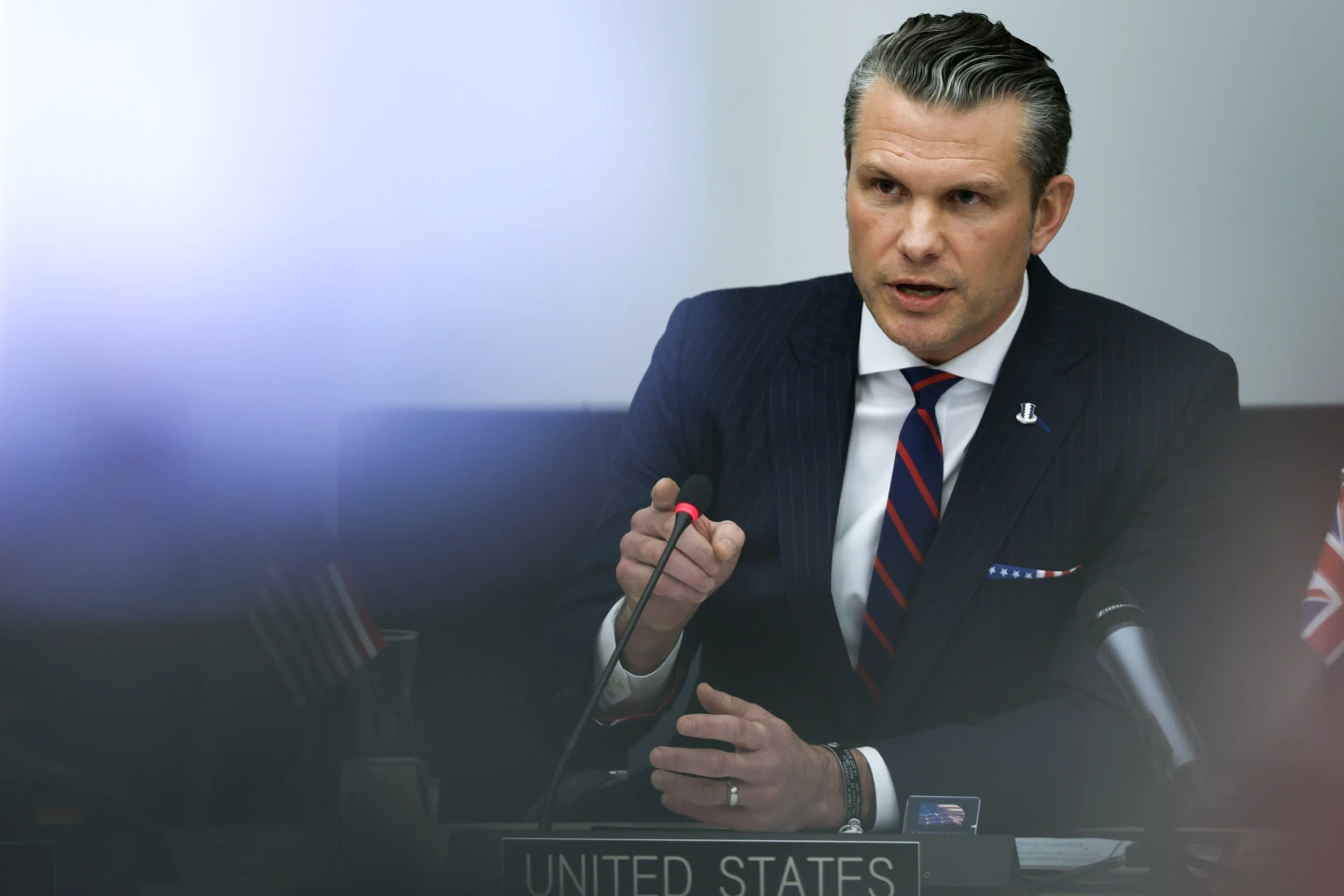The US dollar surged this morning as global financial markets responded to heightened trade tensions and shifting tariff policies, the Guardian reports.
The recent strengthening of the dollar follows the United States’ imposition of an additional 10% tariff on Chinese imports, an action signed off by President Donald Trump last weekend. In response, Beijing retaliated with levies on US goods and launched an investigation into tech giant Google.
Amid these developments, there was a temporary easing of trade war fears after Mexico and Canada agreed to new border measures with the US. As a result, their 25% tariffs have been delayed by a month, helping lift stock markets from previous lows.
Addressing reporters in the Oval Office on Monday, President Trump defended tariffs as a “very powerful” economic tool. He asserted that other countries are eager to make trade agreements to avoid these penalties, saying:
“In all cases, they all wanna make deals.”
Financial analysts believe that the recent tariff moves are more about achieving political objectives, such as border control, than addressing trade deficits. Michael Brown, a senior research strategist at Pepperstone, commented:
“Tariffs appear to have little-to-nothing to do with trade agreements or narrowing the US trade deficit, whatever pretenses might be thrown around.”
Amid the uncertainty, investors have turned to the US dollar as a safe-haven asset. The British pound dropped by half a cent against the dollar to $1.24, while the euro also fell to $1.03, edging closer to parity.
Other currencies have also experienced fluctuations:
- The Canadian dollar weakened to 1.445 against the US dollar, though it remained above the 20-year low it hit on Monday.
- The Mexican peso dipped by 0.1% to 20.35 per dollar but stayed above the three-year low reached earlier this week.








